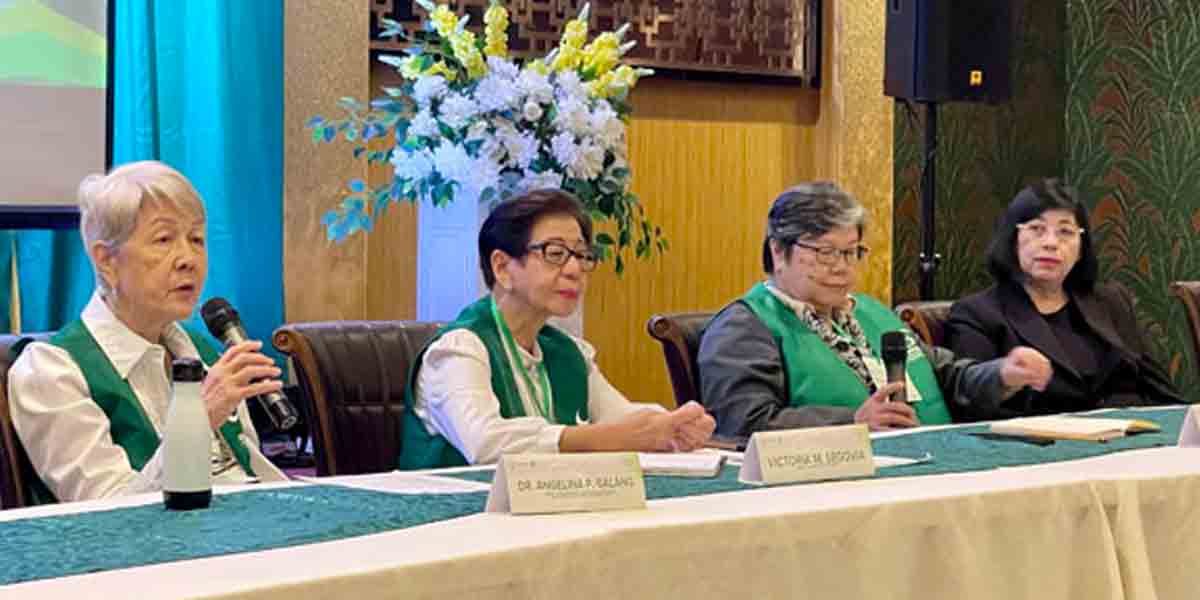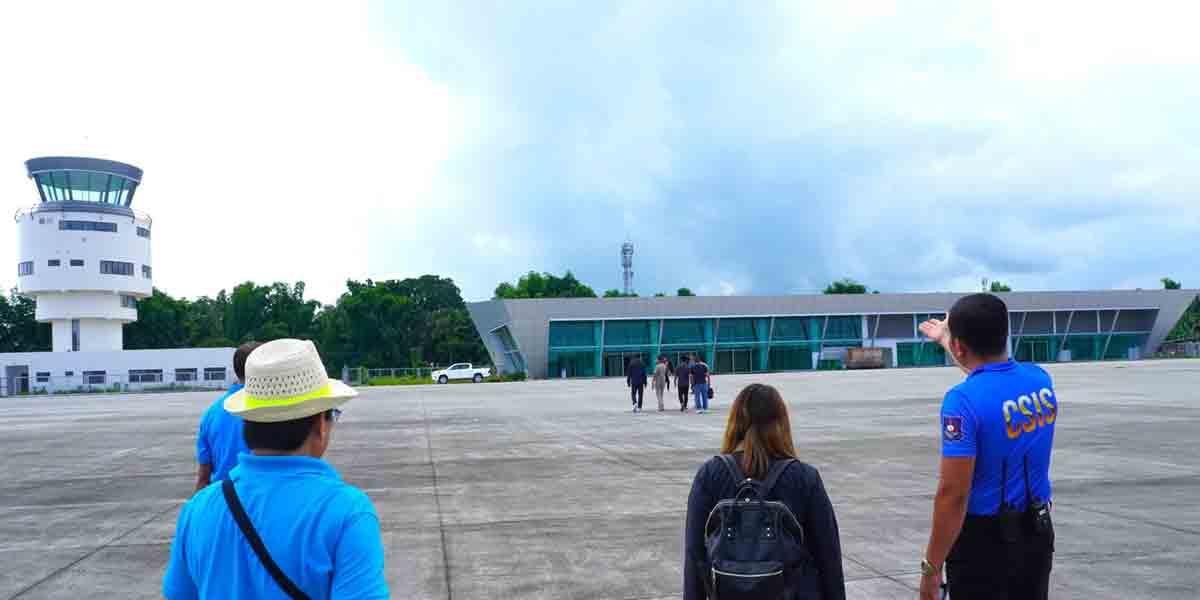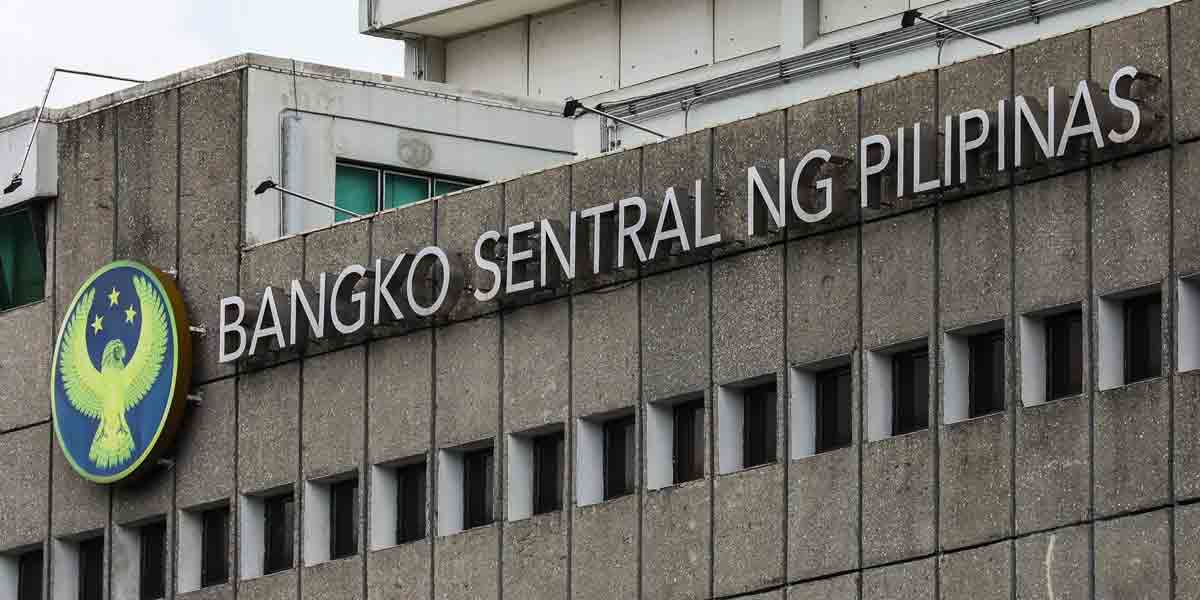By Herbert Vego
ILOILO City will mark its 87th Charter Day on Sunday, August 25. It was on that date in 1937 when the late President Manuel Luis Quezon signed Commonwealth Act 158 declaring Iloilo as a charter city.
The declaration granted Iloilo City special jurisdiction to create its own governance system and enact policy reforms.
As the regional center of Western Visayas, Iloilo City has evolved out of a colonial past, dating back to the Spanish colonial period when it was a small and incoherent grouping of fishermen’s hamlets in the 1800s.
The opening of Muelle Loney port in 1855 triggered the boom of the sugar export industry with the active participation of Nicholas Loney, then the British vice-consul in Iloilo who constructed warehouses in the port and introduced new technologies in sugar farming.
It was the resulting economic success of Iloilo that prompted the Queen Regent of Spain to honor it with the honorary title “La Muy Leal y Noble Ciudad de Iloilo” (The Most Loyal and Noble City) 1890.
According to the late historian Rex Salvilla, even before the Spanish colonizers came, Iloilo already had three Malay ports catering to visiting Chinese merchants in Ogtong (Oton), Tabucan (Molo) and Salog (Jaro).
The surviving porcelain jars, plates and jars brought by those Chinese merchants are among the exhibits still viewable at the city museums today.
While the Spanish conquest of the Philippines was underway in the 16th century, Spanish conquistador Miguel López de Legazpi personally came to Iloilo to personally establish a settlement in Ogtong (now the neighboring town of Oton).
Because of the economic boom, Moro pirates, Dutch and English invaders made raids which prompted Spanish authorities to set up defense fortresses. One of them is Fort San Pedro at the mouth of Iloilo River, ruins of which are still visible today.
It was because of Fort San Pedro – with 50 guns and three mortars blazing – that the Spanish government in Iloilo initially repelled the invading Americans in 1899. Eventually, however, a reinforcement of American marines proved too much for the Spanish soldiers.
In the late 18th century, the development of a large-scale weaving industry started the movement of Iloilo’s surge in trade and economy in the Visayas. Sinamay, piña and jusi were among the products exported to Manila and other foreign places.
The short visit of Dr. Jose Rizal to Iloilo in 1894 inspired patriotic Ilonggos to fight for Philippine independence. Following the outbreak of the Philippine Revolution in Manila, they resisted the move of the Spanish colonial government to move their seat of power to Iloilo in 1898.
On Christmas Day, December 25, 1898, the Spanish government surrendered to the Ilonggo revolutionaries under Gen. Martin Delgado at Plaza Alfonso XII (Plaza Libertad today).
Iloilo City earned the nickname Queen City of the South at the turn of the 20th century, having become secondary to the city of Manila. Calle Real (now known as J. M. Basa Street) was the economic hub selling luxury products from all over the world.
The American occupation led to the establishment of the Philippine Commonwealth under Pres. Quezon.
Going back to Commonwealth Act 158, it also incorporated the towns of Molo, Arevalo, Jaro, Mandurriao and Lapaz into Iloilo City. The said towns and the Iloilo City Proper now comprise the city’s geographical districts, including Lapuz.
Lapuz, formerly a part of La Paz, became a separate district only in 2008. The city today has a total land area of 70.3 square kilometers and is divided into 180 barangays with a combined population of more than 500,000.
During World War II in 1942, the Japanese invaded Panay and the economy moved into a standstill.
The continuing conflict between the labor unions in the port area, declining sugar economy, deteriorating peace and order situation in the countryside and the exodus of Ilonggos to other cities and islands that offered better opportunities led to Iloilo’s temporary economic decline.
But we all know that Iloilo is once again one of the fastest-growing cities in the Philippines.
The United Nations Educational, Scientific and Cultural Organization (UNESCO) – in connection with the observance of World Cities Day on October 31, 2023 — declared Iloilo City “creative city of gastronomy”.
Mayor Jerry Treñas attributed the UNESCO award to the city’s “world-famous mouth-watering cuisines and delicacies influenced by diverse cultures.”
-oOo-
MORE POWER’S ZERO ACCIDENT PLAN
“SAFETY is non-negotiable for MORE Power.”
That is the reason why MORE Power President Roel Z. Castro does not let a day pass without seeing to it that Iloilo City’s distribution utility is well-maintained and updated to prevent, as much as possible, electricity-related accidents.
“We take safety seriously every step of the way, from our substations and offices to our brave linepersons.
“We want all our employees and contracting partners to feel confident about our mission to provide reliable electricity for Ilonggos, and it starts with ensuring that they have a safe workplace.
“Just like how we put premium on the safety of our facilities through stringent measures and innovative technology, we also make sure that all our employees are working in a healthy, safe, and secured workplace by integrating practices in all aspects of our businesses
“We will continue to make safety our number one priority.”
























